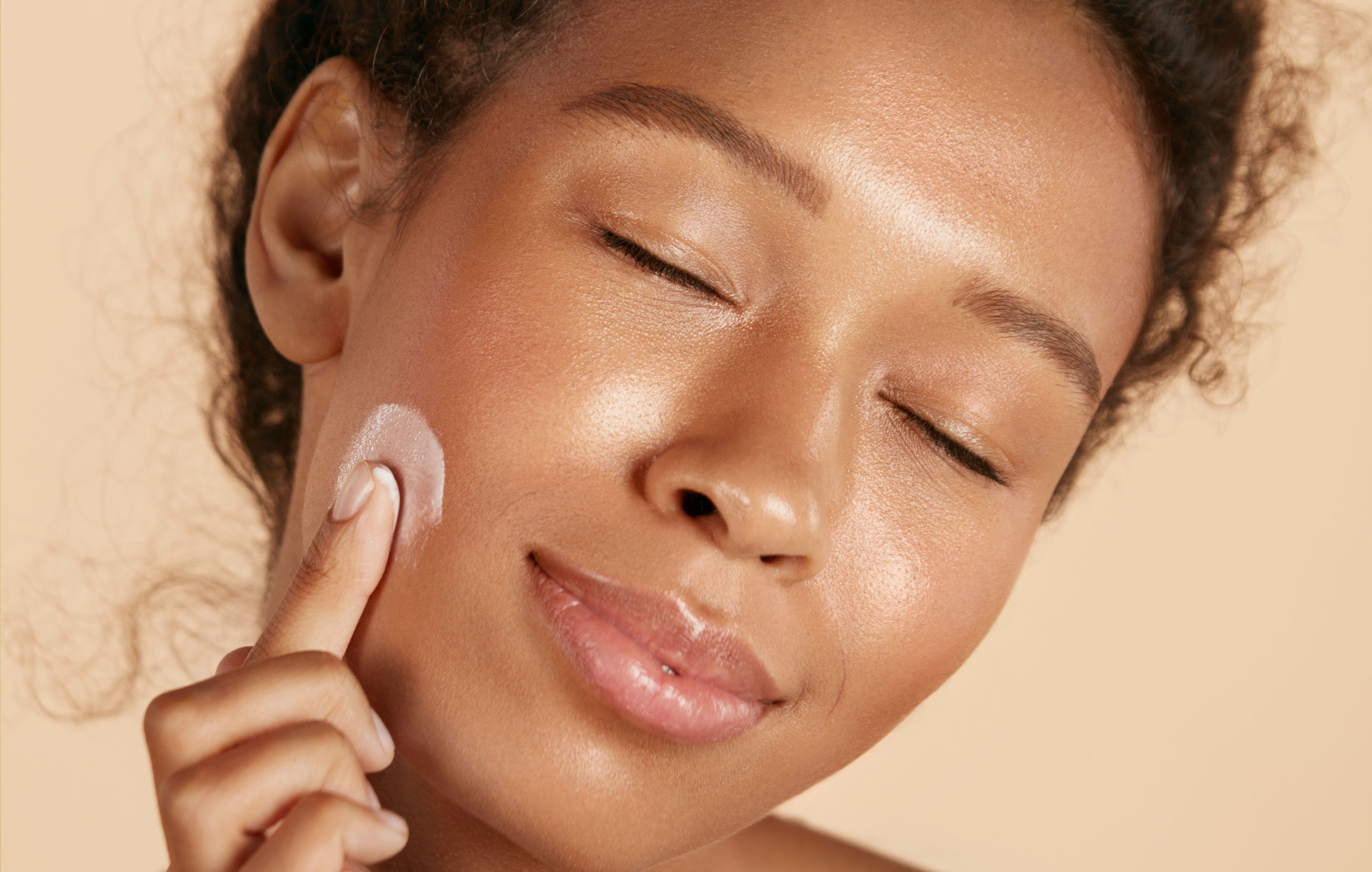Ingredient spotlight
The skin is a complex organ made up of layers that all crucially contribute to skin health. The outermost layer, the epidermis, is what is seen with the naked eye and functions as a waterproof, protective barrier. Ceramides are widely accepted as the foundational blocks that allow for these protective barrier functions to occur.
What are Ceramides?
Ceramides are lipids that naturally occur in the epidermal layer of the skin and link with other lipids and fatty acids to form our skin’s barrier. Ceramides alone make up about 50% of the epidermis. The body produces ceramides organically, but similarly to collagen and elastin, these levels naturally decrease due to age and environmental factors.
Insufficient ceramides within the skin will encourage trans-epidermal water loss which leads the skin to struggle with water retention. This water loss can accentuate fine lines and the skin will become dry and rough. Skin barrier damage may also lead to an influx of acne and irritation.
[ihc-hide-content ihc_mb_type=”show” ihc_mb_who=”2,4,6,7,5″ ihc_mb_template=”3″ ]
Dermatological conditions like eczema and psoriasis show a link to a low measure of ceramides in the skin. Cold weather and pollution affect levels too, which is why many people experience dryer, sensitive skin in the winter months. Use of retinol, chemical exfoliants and/or peels, and other potentially drying treatments pose a greater risk of leading to skin barrier damage.
The good news is that applying natural ceramides, synthetic ceramides, or ceramide precursors topically can improve the health of the skin’s barrier!
Natural ceramides (phytoceramides) come from plants and foods and are very similar to the ceramides that the human body produces. With that being said, there is some debate on how well our skin accepts these as our own. It’s been suggested through research that naturally derived ceramides don’t motivate the skin to function better, but rather act as a placeholder. The skin will improve and symptoms will lessen, but only with continued use of the natural ceramide.
Since phytoceramides are found in plants and foods, one may wonder whether consuming these foods will produce the same outcome as when using a ceramide-infused product. It wouldn’t hurt to incorporate more healthy fats into your diet, just keep in mind that ceramides have been proven to perform better when applied topically.
Synthetic ceramides (pseudoceramides) are created to come as close to the ceramides formed naturally in the skin as possible. Studies have shown that synthetic ceramides have great potential to increase the number of ceramides the body produces, making for more permanent results in the skin.
Skincare science has been advancing rapidly, and synthetic ceramides haven’t been left behind. With a recent boost in the popularity of ceramides (and the fight for sustainability in the beauty industry), synthetic ceramides are heavily research-backed and very effective.
Ceramide precursors can assist the skin in the creation of new organic ceramides. Not only will signs of skin barrier damage lessen, but the skin learns to manage the symptoms itself by regenerating its ceramides on a biological level. Phytosphingosine and sphingosine are two common ceramide precursors to look out for.
How to Find Ceramides in Products
Skincare products touting to be full of ceramides will almost certainly have a mix of natural and synthetic ceramides and likely even ceramide precursors all in the same ingredient list. Look for these terms when reading a product label to identify ceramides: Ceramide ending with NS, AS, NP, AP, NH, NG, AH, EOS, EOP, 1, 2, 3, 6, 11, phytosphingosine, and sphingosine.
Clients who regularly enjoy deep exfoliating treatments will largely gain from introducing a product containing ceramides into their at-home routine, but all skin types can benefit from use. Protecting your skin’s barrier is especially crucial during the winter months, so consider offering a ceramide-rich product or service to your clients.
[/ihc-hide-content]













